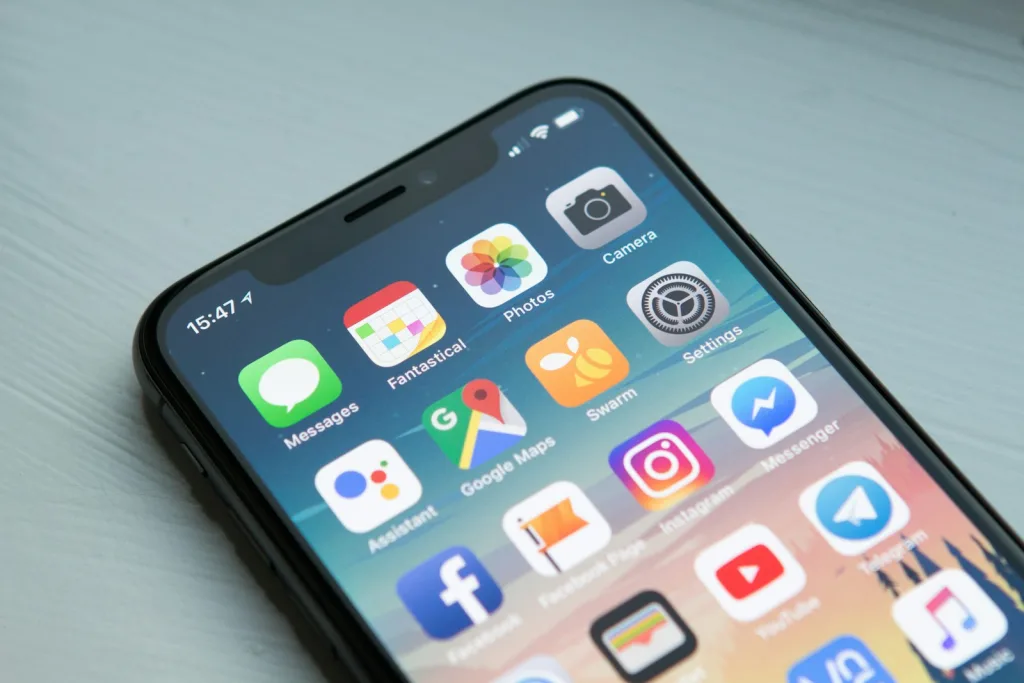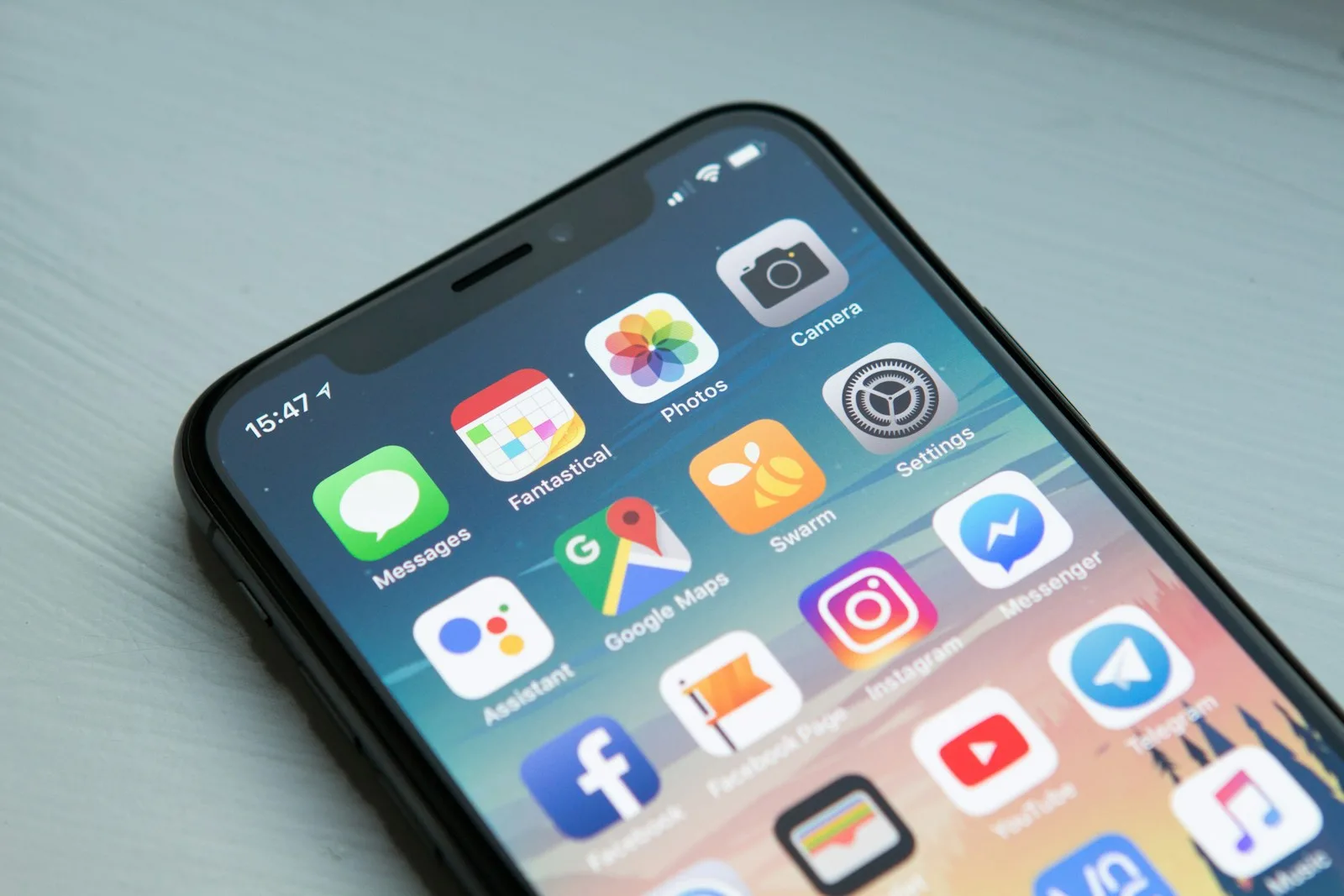From Zero to Hero: Building Your First Mobile App

Building your first mobile app can be a thrilling journey from the initial concept to the final product. Whether you aim to create a simple utility app or an interactive game, the process involves several key steps that transform your idea into a functional and engaging application. This comprehensive guide outlines the steps to build your first mobile app, providing beginners with essential tips and insights to navigate the app development process successfully.
Step 1: Define Your App Idea
Clarify Your Concept: Begin by clearly defining what your app will do. Consider the problems it will solve and the needs it will meet for your target audience.
Research the Market: Analyze existing apps to identify what similar apps are doing well and where they can improve. This will help you position your app uniquely in the market.
Step 2: Plan Your App’s Features and Design
Sketch Out the App Flow: Create basic sketches of your app screens and map out the user journey. This helps visualize the layout and the interactions within your app.
Decide on Features: List the core features that your app will offer. Focus on creating a minimal viable product (MVP) that includes essential features to fulfill the user’s primary needs.
Step 3: Choose the Right Development Tools
Select a Development Approach:
- Native Development: Use platform-specific languages (Swift for iOS, Kotlin for Android) if you aim for the best performance and user experience on each platform.
- Cross-Platform Development: Tools like React Native or Flutter allow you to write once and deploy on both iOS and Android, which can speed up development and reduce costs.
Development Environment: Set up your development environment by installing necessary IDEs (Integrated Development Environments) and tools like Xcode for iOS and Android Studio for Android.
Step 4: Build and Test Your App
Start Coding: Follow the designs and requirements specified during the planning stage to start building your app. Focus on building one feature at a time.
Continuous Testing: Test your app regularly for bugs, usability, and performance issues. Use both emulators and real devices to test across different scenarios.
Step 5: Launch and Market Your App
Prepare for Launch: Optimize your app’s performance, ensure all functionalities work seamlessly, and remove any bugs. Prepare a launch plan that includes setting up an app store account, creating attractive app store listings, and planning your release date.
Marketing Your App: Develop a marketing strategy that includes social media promotion, content marketing, and possibly paid advertising. Consider creating a landing page for your app and gathering email sign-ups to notify potential users upon launch.
Step 6: Gather Feedback and Iterate
Monitor Performance: Use app analytics tools to track how users interact with your app and identify any areas for improvement.
Iterate Based on Feedback: Collect user feedback through app reviews, social media, or direct surveys. Regular updates based on user feedback can help improve your app and retain users.
Conclusion
Building your first mobile app is an exciting endeavor that requires careful planning, execution, and continuous improvement. By following these steps, you can transform your app idea into a reality that not only meets but exceeds user expectations.






